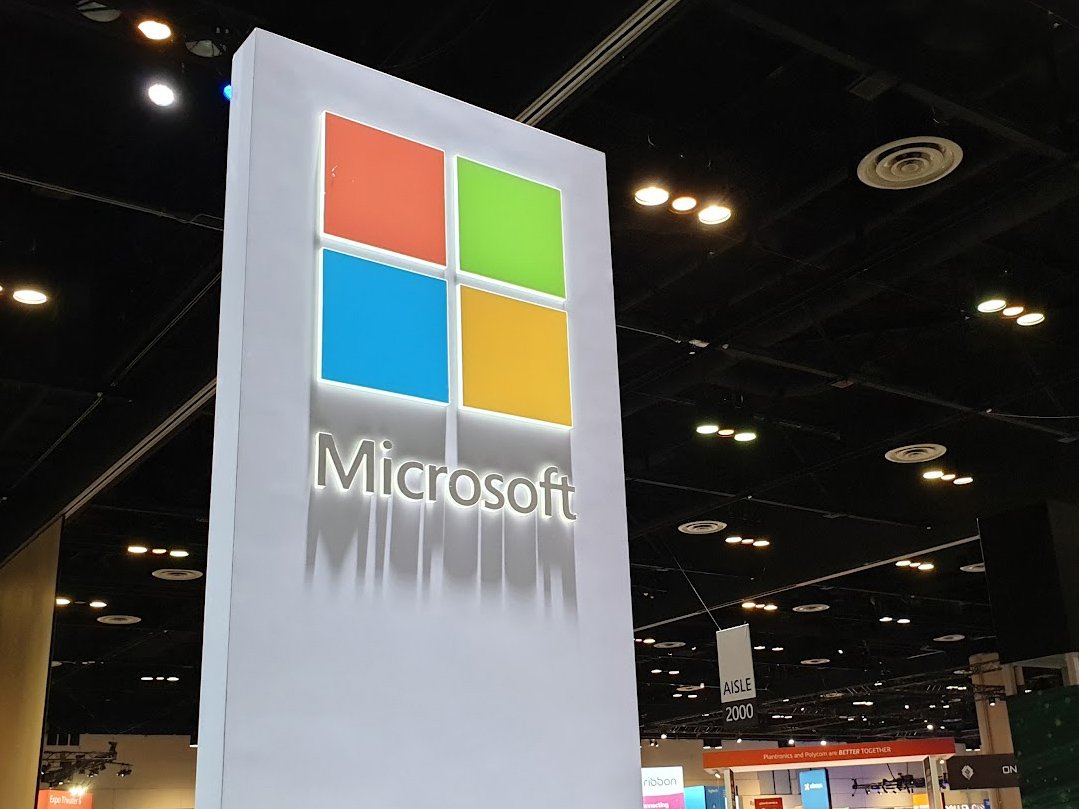 Source: Daniel Rubino / Windows Central
Source: Daniel Rubino / Windows Central
Microsoft’s acquisition of Nuance has been completed. Nuance is a well-known company specializing in artificial intelligence that also has a strong foothold in the medical industry. Microsoft initially announced its agreement to purchase Nuance for $19.7 billion back in April 2021. The deal has since gone through the required regulatory approvals.
“Completion of this significant and strategic acquisition brings together Nuance’s best-in-class conversational AI and ambient intelligence with Microsoft’s secure and trusted industry cloud offerings,” said Microsoft’s Scott Guthrie. “This powerful combination will help providers offer more affordable, effective and accessible healthcare, and help organizations in every industry create more personalized and meaningful customer experiences. I couldn’t be more pleased to welcome the Nuance team to our Microsoft family.”
People may be more familiar with Nuance for its work to help create Apple’s Siri, but the company’s voice technology is used in a variety of ways, including within the medical industry.
Our Robert Carnevale spoke with several analysts about why Microsoft purchased Nuance when the deal was initially announced.
“The healthcare industry is primed for digital transformation. All of the digital giants have healthcare initiatives. This acquisition moves MS forward in that effort,” said Gartner analyst Gregg Pessin after the initial announcement of the deal. “It provides access to Nuance’s well-established healthcare client base — think EHRs with digital transcription capabilities.”
Microsoft’s $19.7 billion purchase of Nuance is one of its largest to date. In total value, the Nuance acquisition only trails behind Microsoft’s $26.2 billion purchase of LinkedIn and the company’s massive acquisition of Activision Blizzard for almost $70 billion.

Check out what’s new for tablets in Windows 11 build 22567
The last few weeks have been huge for Windows tablet users. Microsoft shipped three new preview builds of Windows 11, all chock full of improvements and changes specifically for tablets and 2-in-1 devices. After Windows 8, Microsoft really stepped back from trying to make Windows work well on tablets, and the Windows tablet market suffered as a result.




